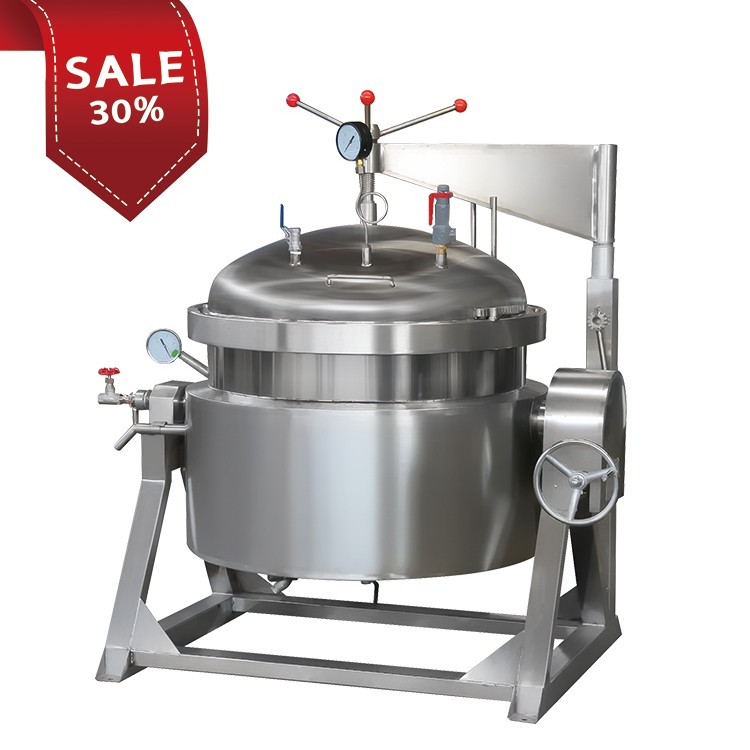The Importance of a Natto Beans Cooking Pot
NEWS /
06/19/2023
Natto, a traditional Japanese dish made from fermented soybeans, is a delicacy revered for its unique flavor, nutritional benefits, and cultural significance. While natto can be purchased ready-made, preparing it at home allows for customization and a deeper connection to the centuries-old tradition. In this article, we will delve into the art of cooking natto beans and the role of a dedicated natto cooking pot in achieving the perfect batch of this beloved dish.
Understanding Natto:
Natto is made by fermenting soybeans with the help of the bacterium Bacillus subtilis. During the fermentation process, the beans develop a distinct aroma, a sticky texture, and a complex flavor profile, often described as earthy and umami-rich. Natto is commonly enjoyed as a breakfast staple, served over rice and accompanied by various condiments.
The Importance of a Natto Cooking Pot:
A natto cooking pot, known as a "natto nabe" in Japanese, is a specialized pot used for cooking and fermenting soybeans to create natto. This pot is specifically designed to provide optimal conditions for fermentation, ensuring consistent results and preserving the authenticity of this traditional dish.
Features of a Natto Cooking Pot:
Material and Design: Natto cooking pots are typically made from non-reactive materials such as clay, ceramic, or stainless steel. The pot's design includes a lid to maintain proper humidity and ventilation, as well as handles for easy handling and transport.
Ventilation: A natto cooking pot features small holes or perforations on the lid to allow airflow during the fermentation process. This ventilation ensures the proper circulation of gases and helps prevent excessive moisture buildup.
Size and Capacity: Natto cooking pots come in various sizes to accommodate different quantities of soybeans. Choosing the appropriate pot size depends on your desired batch size and the frequency of natto preparation.

The Natto Bean Cooking Process:
Bean Selection and Preparation: Start by selecting high-quality soybeans, preferably non-GMO and organic. Thoroughly clean the beans and remove any debris or discolored beans.
Soaking: Place the soybeans in a bowl and cover them with water. Allow the beans to soak overnight or for at least 8-12 hours. This process softens the beans and prepares them for cooking.
Cooking: Drain the soaked soybeans and transfer them to the natto cooking pot. Add enough water to cover the beans and place the pot over medium heat. Bring the water to a boil and cook the beans until they are tender but still slightly firm, typically for about 2-3 hours.
Cooling: Once the beans are cooked, carefully remove the pot from heat and allow the beans to cool in the cooking liquid. This step is essential to prepare the beans for fermentation.
Inoculation: Once the beans have cooled to around body temperature (approximately 40°C or 104°F), sprinkle natto starter culture (available at specialty stores or online) onto the beans. Gently mix the beans to ensure even distribution of the starter culture.
Fermentation: Place the lid on the natto cooking pot, making sure the ventilation holes are uncovered. Store the pot in a warm and dark place with a temperature around 40-45°C (104-113°F) for approximately 24-48 hours. During this time, the Bacillus subtilis bacteria will work its magic, fermenting the beans and producing the characteristic sticky texture and distinct flavor of natto.
Storage: Once the fermentation process is complete, transfer the natto to a clean container and refrigerate it to slow down further fermentation.




